Abdul Ravoof and Branko arrived to Jordan on Jan 19th and started their trip tour directly upon arrival from the airport.
We started our tour at the Amman Citadel, an ancient fortress that sits atop the highest hill in the city and boasts an impressive collection of historical buildings, ruins and artefacts dating from the Bronze and Iron Ages, through to the Roman, Byzantine and Umayyad periods. The highlight here is the ruins of the Umayyad Palace, an extensive complex of royal and residential buildings.
There is also the domed audience hall, a wide colonnaded street lined with arches and columns, the dusty ruins of the Byzantine Basilica, and the remaining pillars of the Roman Temple of Hercules. A short walk from the temple is a lookout point with spectacular views of the city below. Within the citadel walls there is also the National Archaeological Museum, which houses a fine collection of artifacts spanning thousands of years. See examples of Dead Sea Scrolls, Umayyad-period artwork, a 6,000 year-old skull from Jericho, and three Ain Ghazal statues, dating back to 6500 BC, amongst others.
Next we will move down town , and having breakfast at one of the oldest public restaurants on the area (Hashim Restaurant ) where we will eat Hummus , Foul and falafel … after the breakfast we will have a walk at the downtown area for couple hours .
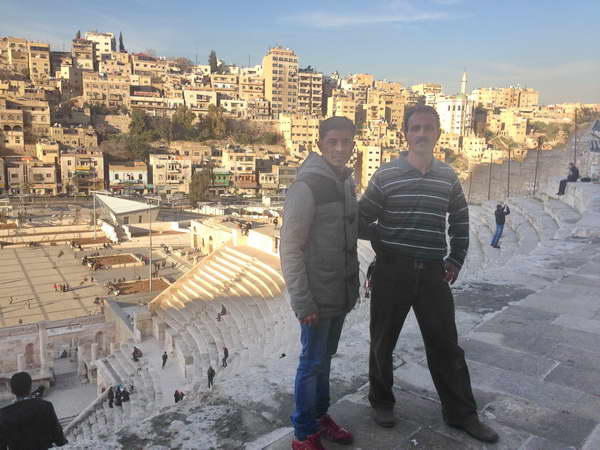
Next visited the restored ancient Roman Theatre in downtown Amman. Undoubtedly the most impressive remnant of Roman Amman, the three-tiered amphitheater is steeply carved into the side of a hill and is still occasionally used for performances. Within the theatre is the Folklore Museum, boasting a modest collection of items that represent traditional Jordanian desert, village and city culture from the 19th to early 20th centuries. Later explore modern Amman and barter in the souks, selling leather goods, traditional Bedouin dress, hand-embroidered fabrics and gold-threaded Kaftans.Finally we ended our tour afternoon by visiting Royal Automobile Museum, and moved toward Petra.

And as usual , I m always providing the best possible scenario to my guests , and for this reason I would always choosing the back way to Petra , which is called Alisha way , where it takes us directly to Little Petra and all the way back toward the front area of Petra
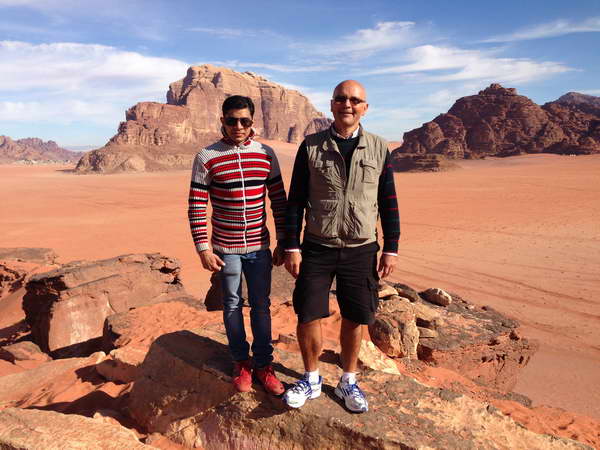
History of Petra :
For seven centuries, Petra fell into the mists of legend, its existence a guarded secret known only to the local Bedouins and Arab tradesmen, Therefore Petra is sometimes called the ‘Lost City’. In spite of its being such an important city in antiquity, after the 14th century AD, Petra was completely lost to the western world. Finally, in 1812, a young Swiss explorer and convert to Islam named Johann Ludwig Burckhardt heard locals speaking of a "lost city" hidden in the mountains of Wadi Mousa.In order to find the site without arousing local suspicions, Burckhardt disguised himself as a pilgrim seeking to make a sacrifice at the tomb of Aaron, a mission which would provide him a glimpse of the legendary city. He managed to bluff his way through successfully, and the secret of Petra was revealed to the modern Western world.
Two Crusader-period castles are known in and around Petra. The First is al-Wu ayra and is situated just north of Wadi Musa. It can be viewed from the road to "Little Petra". It is the castle of Valle Moise which was seized by a band of Turks with the help of local Muslims and only recovered by the Crusaders after they began to destroy the olive trees of Wadi Musa. The potential loss of livelihood led the locals to negotiate surrender. The Second is on the summit of el-Habis in the heart of Petra and can be accessed from the West side of the Qasr al-Bint.
According to Arab tradition, Petra is the spot where Moses(Musa) struck a rock with his staff and water came forth, and where Moses brother,Aaron(Harun), is buried, at Mount Hor, known today as Jabal Haroun or Mount Aaron. The Wadi Musa or "Wadi of Moses" is the Arabic name for the narrow valley at the head of which Petra is located. A mountaintop shrine of Moses sister Miriam was still shown to pilgrims at the time of Jerome in the 4th century, but its location has not been identified since.
Petra name came from the Latin word ‘petrae’ ,meaning ‘rock’, lies in a great rift valley east of Wadi Araba in Jordan about 80 kilometers south of the Dead Sea – 260 Km to the south – South-west of Amman – Jordan Capital. It came into prominence in the late first BCE (BC) through the success of the spice trade. The city was the principal city of ancient Nabataea and was famous above all for two things: its trade and its hydraulic engineering systems. It was locally autonomous until the reign of Trajan, but it flourished under Roman rule. The town grew up around its Colonnaded. Following the flow of the Wadi Musa, the city-center was laid out on either sides of the Colonnaded Street on an elongated plan between the theater in the east and the Qasr al-Bint in the west. The quarries were probably opened in this period, and there followed virtually continuous building through the first and the second centuries CE.
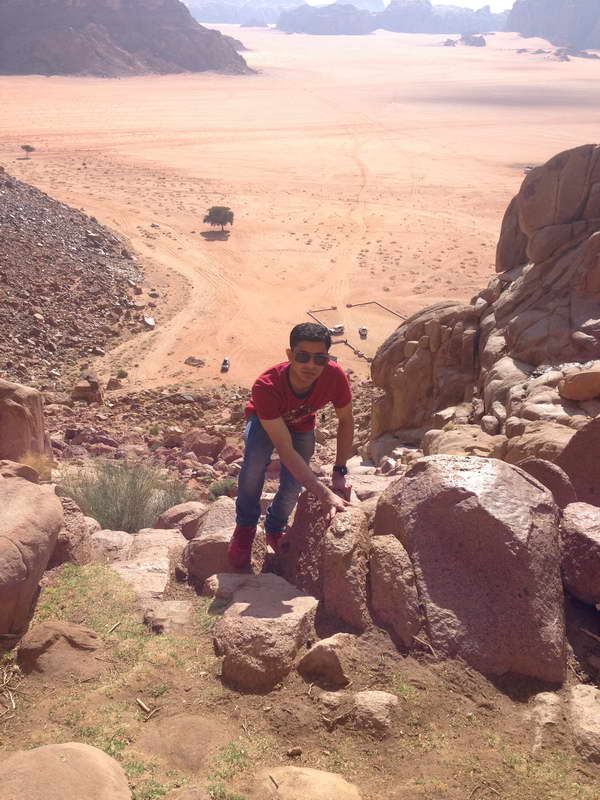
There are numerous and varied accommodations available in Wadi Mousa (the main city of Petra) , as well as a few hotels on the panoramic drive between Wadi Mousa and the nearby (15 kilometers) village of Taybet. Camping is now illegal inside Petra and its considered a reserve, organized and controlled by the RSCN (Royal Society for the Conservation of Nature).
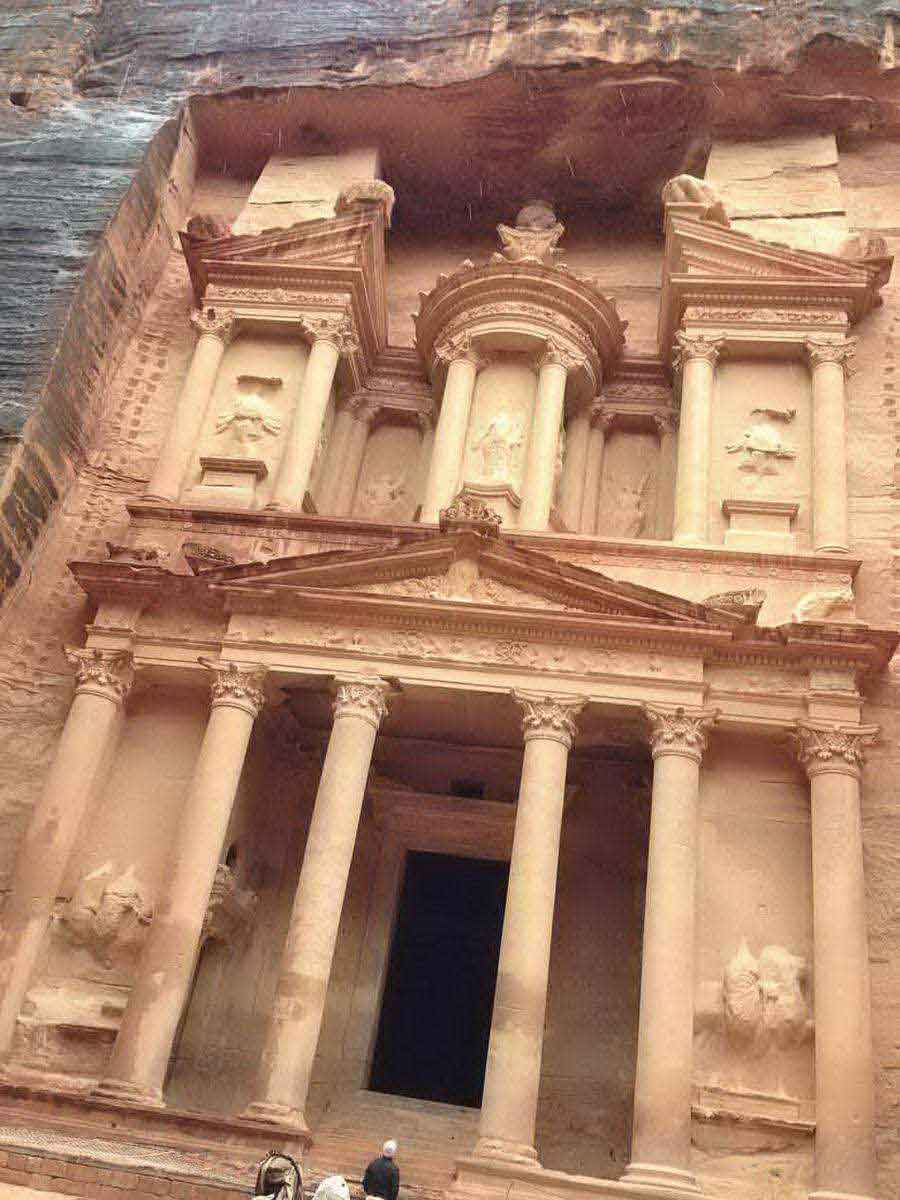
and Moving next day to Petra itself , one full day amazing tour
Petra is a huge city, and it has hundreds of sites to see, so if a visitor would like to see most of the places in Petra, he can easily spend three days on the town – Wadi Mousa city , and visit different places on each day … But it’s also possible to see most of the main sites in Petra in minimal time which could be achieved in few hours visit … In order to Accommodate different guests and visitors demands and needs which mostly is restricted to time and budget limits , we – in Jordan Private Tours & Travel has designed different plans to visit Petra – Petra Tour , but the base plan is Petra Full Day Tour visit , we also combined another places to visit on different tour plans like Petra and Wadi Rum two days tour visit , little Petra - Petra two days tour visit , little Petra – Petra and Wadi Rum three days tour visit , Dead Sea area, Mount Nebo , Al Shobak Castle, Dana and Al Mujib Natural reserves are covered as well on the two days tour plans, Petra visit is doable in one day tour from Amman so don’t be frustrated with longer day plans if you are restricted to time and budget limits …
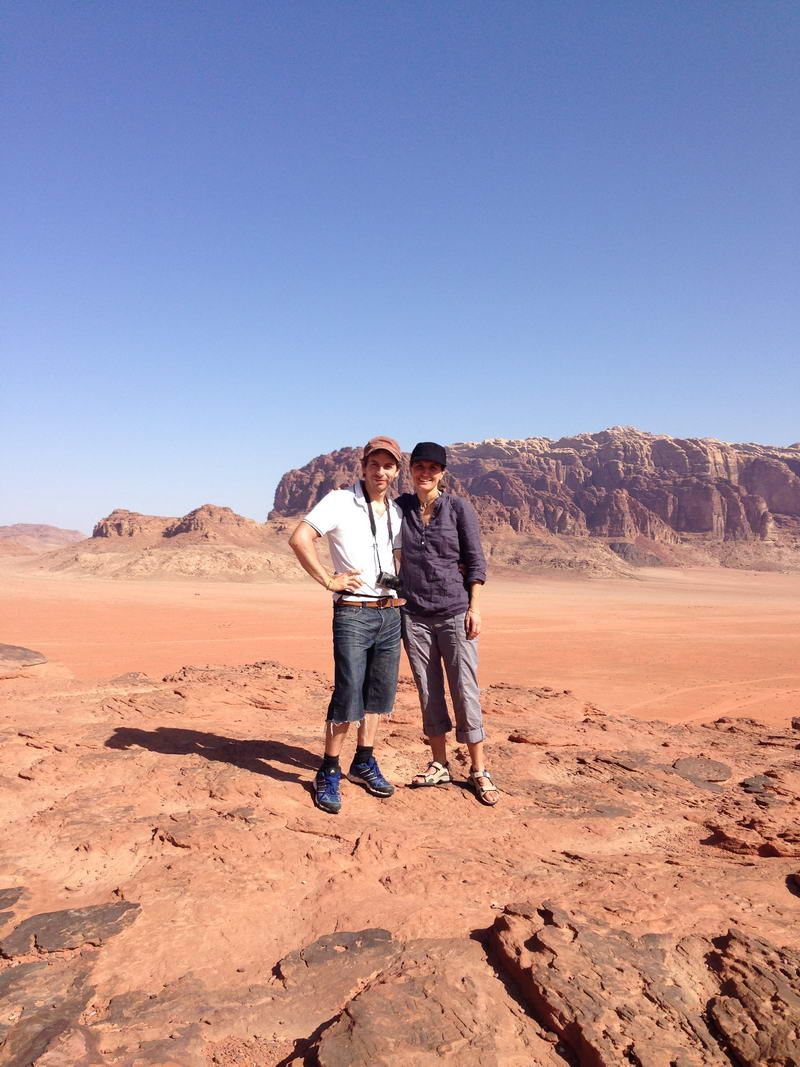
At the Evening time , we continue our trip tour by moving to Wadi Rum area :
Wadi Rum is One of the world’s outstanding desert landscapes… situated in the friendly and peaceful nation of Jordan … truly breathtaking scenery and a chance to experience desert life and Bedouin culture, which offers spectacular vistas of towering cliffs and bold rock formations etched by erosion into other-worldly forms.
Lawrence of Arabia was a well-known visitor to the Wadi Rum, and there are a number of sites here associated with him through tradition or historical proof. But generally there is little in the way of construction, or even vegetation, with only the nomadic Bedouins able to scratch an existence out of the red desert sands.

A maze of monolithic rocks capes rise up from the desert floor to heights of 1750 m creating a natural challenge for serious mountaineers’ .Hikers can enjoy the tranquility of the boundless empty spaces and explore the canyons and water holes to discover 4000-year-old rock drawing and the many other spectacular treasures this vast wilderness holds in store
Wadi Rum Activities: Wadi Rum Camping , Rum Jeep Tours , Trekking & Hiking
Things to see & Do in Wadi Rum:
You can explore Wadi Rum in several ways: by jeep, by camel, by horse or on foot (hiking) and you can stay overnight in a Bedouin tent and gaze at the amazing panoply of stars.
Jeep tours: Is the quickest way to see the well-known scenic and archaeological sites. There are 19 of these sites of interest and it is possible to visit any combination in a single tour. Tours start from the visitor centre, where you can choose one of 9 tour packages, lasting from 2 hours to full day. Longer trips can be arranged. Most vehicles are pick-up trucks operated by local Bedouin cooperatives. They are characterful and fun but only have modest levels of comfort. Private 4 x 4 vehicles and tour company fleet-vehicles can enter Rum, provided they follow all regulations.
Camel rides: are a popular activity and short trips can be arranged on demand from the visitor centre., which last between 1hr to full day. Overnight trips and long treks are possible on request. A small number of operators offer pre-booked horseback tours.
Wadi rum camps:All our Bedouin Tents are weather proof and will keep you cool in summertime and warm in winter. The goat hair design is unique and will provide you with a very comfortable sleep. All rooms have a bed, mattress, and blanket and are fitted with power points and lights with power from our solar panels. The tents all have one door and a window with amazing views of the surrounding desert. Inside the tent have nice patterns on the walls and ceiling. All tents are located within 100m of the main communal tent where you will eat your meals and hangout with others.
